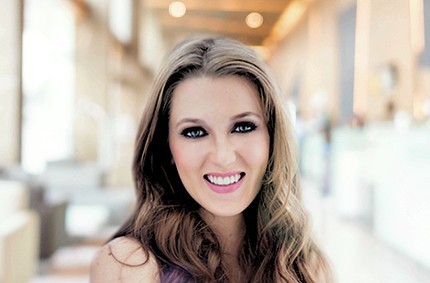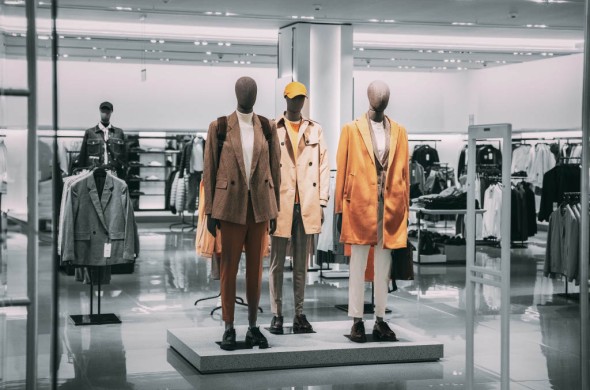You walk into a store and are greeted with racks and racks of clothes, groceries, and other goods. You start to browse, and soon your basket has more than you intended to buy. Retailers use a variety of techniques to get you to buy more. Nothing is off-limits, from strategic pricing to lighting and location.
In this blog post, we will discuss how retailers use psychological tricks to make customers buy more. We will also look at the fundamental laws of business and how they relate to retail prices.
Create Value Through Scarcity
One common technique retailers use is "create value through scarcity." This means creating the illusion that an item is rare or in high demand. This can be done in several ways, such as by artificially limiting the supply of an item or by selling it at a higher price than it is actually worth.
By making an item appear scarce, retailers can increase its perceived value and get customers to buy it before it runs out. If goods are scarce, it increases the consumer's urge to own them, leading to increased sales.
Dark Patterns
Dark patterns is the term used for when retailers use design and marketing tricks to manipulate customers into buying things they don't want or need. Dark patterns can take many forms, such as false advertising, hidden fees, and bait-and-switch tactics.
One common dark pattern is false advertising. This is when a retailer promises one thing but delivers something else. For example, a retailer might advertise a product as "free" when it actually has hidden costs. Or a retailer might use misleading language to make an item sound more appealing than it is.
Another common dark pattern is bait-and-switch. This is when a retailer uses an attractive offer to lure customers into a store but then tries to sell them something else. For example, a retailer might advertise a sale on clothing but then try to sell customers expensive jewellery.
Location, Decor, and Atmosphere
Retailers can use surroundings to manipulate customers by carefully choosing their stores' location, decor, and atmosphere. For example, high-end retailers want their stores to feel luxurious and exclusive, so they often choose locations in wealthy neighbourhoods. They also use expensive materials and design elements to make their stores look more upscale.
On the other hand, discount retailers want their stores to feel more approachable and affordable. They often choose locations in busy areas with a lot of foot traffic. And they use simpler designs and materials that are easy to clean and maintain.
Competition
Competition influences the pricing points of many items being sold. When many retailers sell similar products, they have to compete on price. This can lead to a race to the bottom, where retailers constantly cut prices to stay competitive.
When few retailers are selling a product, they can charge higher prices. This is because customers have fewer options and are more likely to pay whatever price the retailer asks. Brands that want to appear more luxurious may use higher price points to come across as higher quality.
The Fundamental Law of Business
The fundamental law of business is that businesses must make a profit to survive. This means that retailers must carefully consider their costs when setting prices. They need to make sure that their prices are high enough to cover their costs and make a profit, but not so high that customers will shop elsewhere.
To determine the right price, retailers must consider the cost of the goods they are selling, the overhead costs of running their businesses, and the competition. They also need to consider what their target market is willing to pay.
Attracting Profitable Clientele
When setting prices, retailers must also consider what kind of customers they want to attract. For example, high-end retailers want to attract wealthy customers willing to pay premium prices. Discount retailers want to attract budget-conscious customers looking for a good deal.
Pricing in the wrong direction can be detrimental to a business. Experimentation and customer feedback can help retailers find the right prices for their products.
The Danger in Overpricing and Underpricing
Retailers must be careful not to overprice or underprice their products. Overpricing can lead to lost sales and angry customers. Underpricing can lead to losses for the business as profit margins are minimized and more goods need to be sold.
When determining prices, retailers must consider their costs, the competition, and what their target market is willing to pay. They also need to be careful not to overprice or underprice their products.
Omnichannel Retail
With the rise of omnichannel retail, the strategies that retailers use to set prices are changing. Omnichannel retail is the practice of selling goods through multiple channels, such as brick-and-mortar stores, online stores, and mobile apps.
Anchor Price Strategy
Price anchoring is a technique that businesses use to influence customer decision-making. By establishing a high price point, companies can make lower prices appear more attractive. This trick is often used in sales when businesses offer discounts from the regular price.
The regular price serves as the anchor, and the discounted price appears to be a great deal in comparison. Customers may also be influenced by price anchoring when they see items advertised as "half off."
In this case, the original price serves as an anchor, making the sale price seem like a bargain. Businesses use price anchoring because it is an effective way to get customers to make purchase decisions.
Goldilocks Price Strategy
The Goldilocks effect is a pricing strategy that involves setting different prices for an item. This gives customers the opportunity to decide the 'just right' amount for them. The name comes from the fairy tale Goldilocks and the Three Bears.
For example, a restaurant might offer a small, medium, and large plate or a hotel might offer a standard, deluxe, and suite room. By giving customers different choices, businesses can increase sales and encourage customers to find the 'just right' option for them.
Price Ending Strategy
The price ending strategy is a technique businesses use to make their products seem more affordable. This involves ending the prices of items with certain digits, such as .99 or .95.
For example, an item that costs $100 would be priced at $99.99. The pricing makes the product seem like it is just under the $100 mark, making it more attractive to customers.
Conclusion
Retailers have many strategies at their disposal to increase sales and get customers to spend more money. If a deal can be made to look too good to be true, the chance of sale increases. Customers love a bargain, and retailers know this. They use this to their advantage by setting prices that manipulate customers into spending more money.
Retail Consulting Services
Ollen Group is one of the leading consumer goods and retail consulting firms in the Middle East & Africa region (MEA) offering retail design services with turnkey solutions from strategy to execution. Our retail management consultant and strategy consultants will help your through your journey.
Read our latest insights, ideas, and perspectives that explore the trends shaping the future of business and society. Our consultancy services go hand-in-hand with these insights, confirming our position as industry leaders. Get in touch to find out more about our consulting services and industry expertise.



